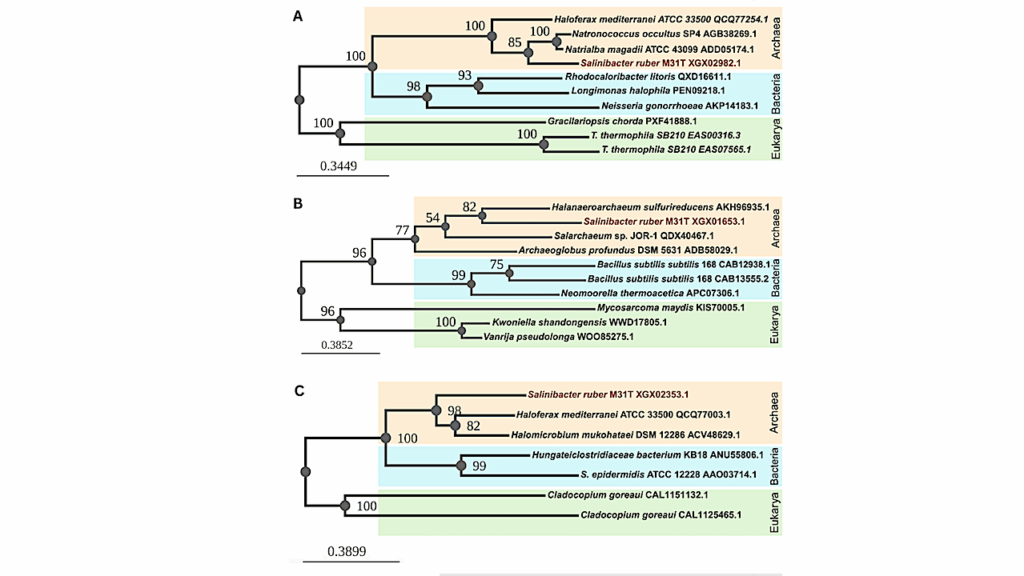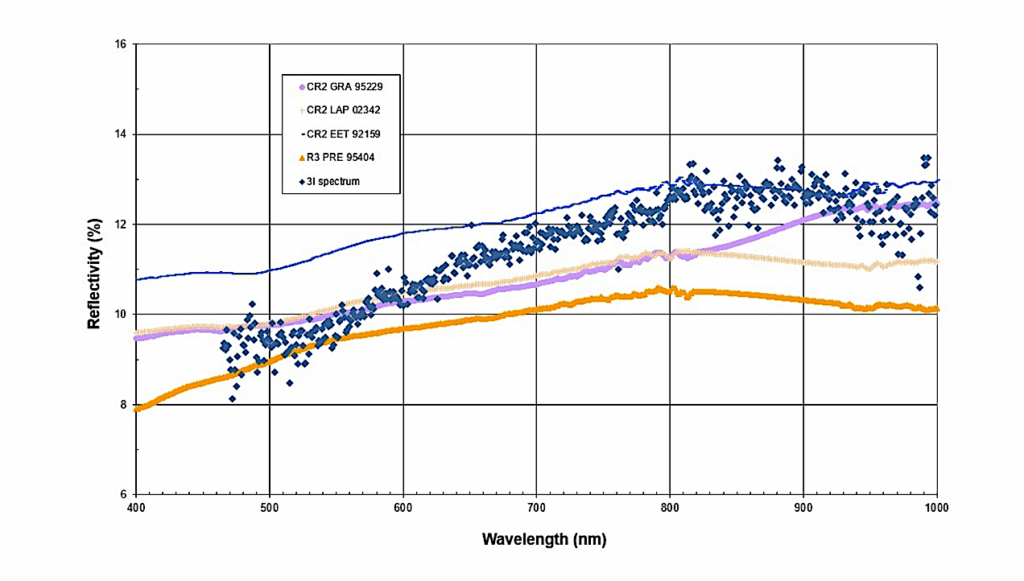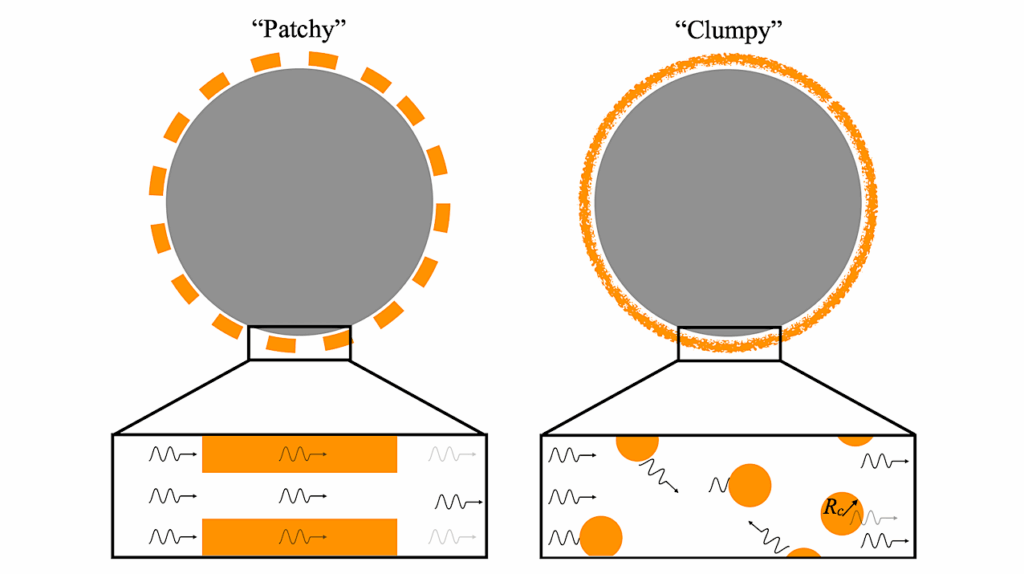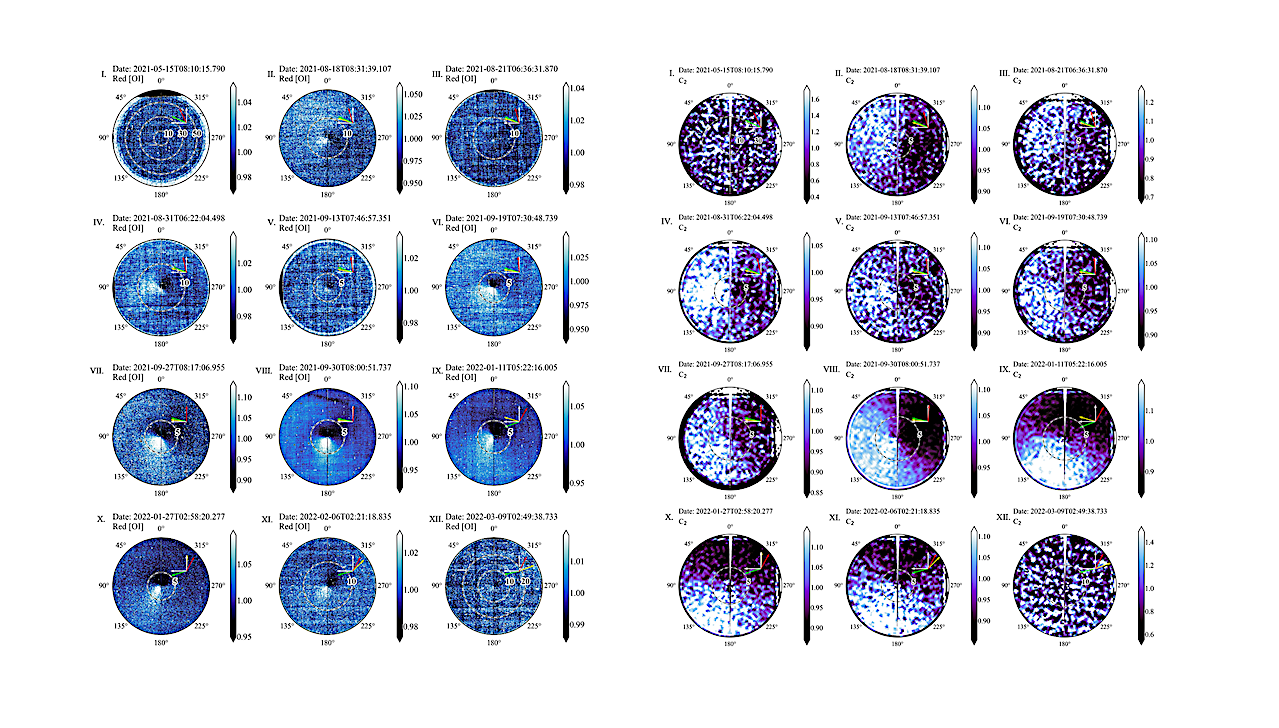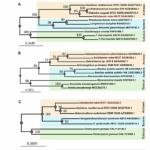Now Reading: Electron Configuration And Catalytic Logic: A Physicochemical Framework For The Inorganic Origins Of Life
-
01
Electron Configuration And Catalytic Logic: A Physicochemical Framework For The Inorganic Origins Of Life
Electron Configuration And Catalytic Logic: A Physicochemical Framework For The Inorganic Origins Of Life
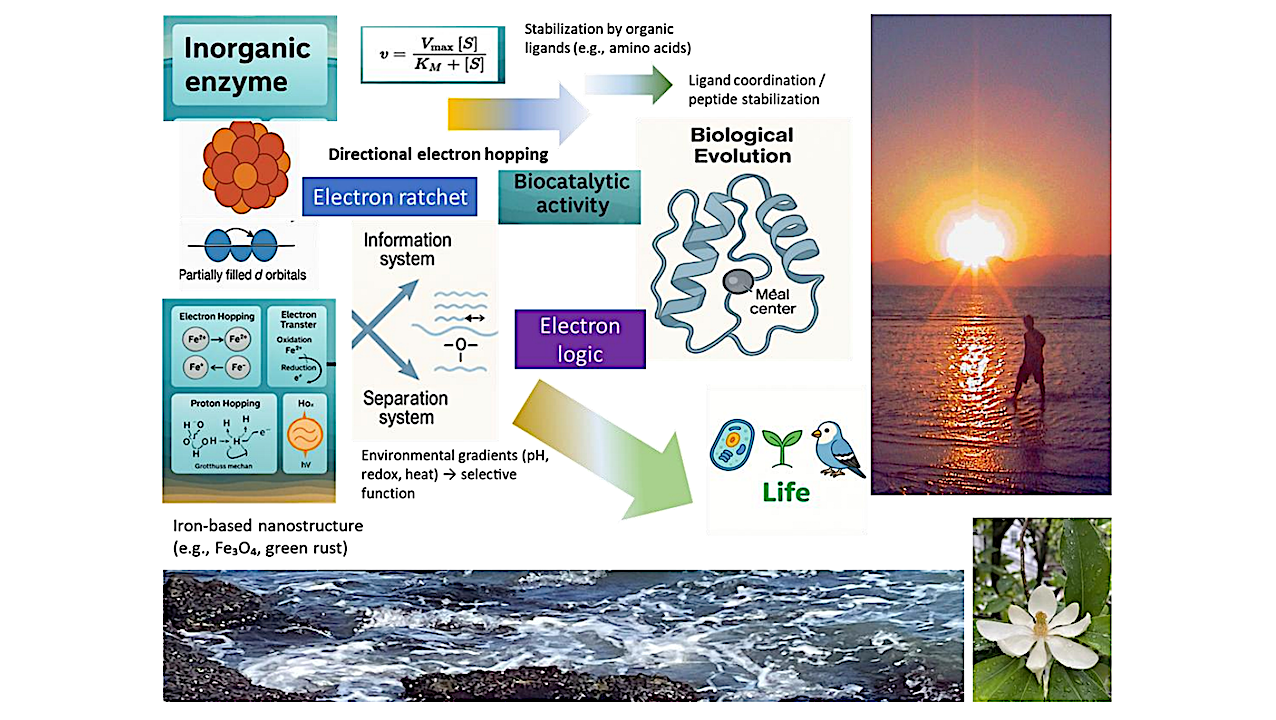

Graphical Abstract — chemrxiv.org
We present a physicochemical framework for understanding the emergence of catalytic logic at the origin of life. In this view, early catalytic systems did not depend on genetic encoding or biological membranes, but arose from the intrinsic properties of inorganic nanomaterials—particularly iron-based oxides and sulfides.
These materials, through their electron configurations and redox-active surfaces, supported charge hopping, intervalence transfer, and redox cycling. We argue that these processes enabled a directional flow of electrons, forming what we describe as an “electron ratchet”: a structural and energetic asymmetry that sustained catalytic cycles far from equilibrium.
Such solid-state catalysis, governed by spatial and temporal separation, offers a plausible prebiotic alternative to enzyme function. Small molecules may have stabilized these systems, leading to the progressive evolution of organic ligands and protein scaffolds that preserved and refined inorganic reactivity.
This perspective integrates mineral surface chemistry, nanostructured electron transfer, and systems-level principles to propose a continuous evolutionary pathway from rock to enzyme. We support this hypothesis with structural and mechanistic comparisons between modern metalloenzymes and their putative inorganic ancestors, highlighting redox geometries, charge flow dynamics, and catalytic selectivity.
The resulting framework suggests that metabolic logic was not invented, but inherited—from the physical and energetic rules of mineral catalysis. Life, in this view, emerges as an organized ratcheting of charge through constrained matter.
Electron Configuration and Catalytic Logic: A Physicochemical Framework for the Inorganic Origins of Life, chemrxiv.org
Astrobiology,
Stay Informed With the Latest & Most Important News
Previous Post
Next Post
-
 012024 in Review: Highlights from NASA in Silicon Valley
012024 in Review: Highlights from NASA in Silicon Valley -
 02Panasonic Leica Summilux DG 15mm f/1.7 ASPH review
02Panasonic Leica Summilux DG 15mm f/1.7 ASPH review -
 03How New NASA, India Earth Satellite NISAR Will See Earth
03How New NASA, India Earth Satellite NISAR Will See Earth -
 04And Thus Begins A New Year For Life On Earth
04And Thus Begins A New Year For Life On Earth -
 05Astronomy Activation Ambassadors: A New Era
05Astronomy Activation Ambassadors: A New Era -
06SpaceX launch surge helps set new global launch record in 2024
-
 07Space Force plans new ‘Futures Command’ amid pressure to speed up modernization
07Space Force plans new ‘Futures Command’ amid pressure to speed up modernization













